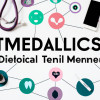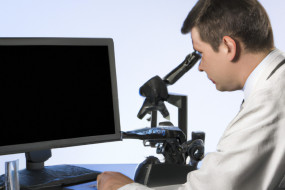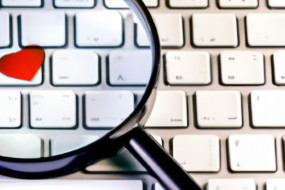
In today's digital world, technology and healthcare are becoming increasingly interconnected. The burgeoning field of the Internet of Medical Things (IoMT) is paving the way for significant advancements within the healthcare sector that promise to transform the way we approach medical care. This article explores the fundamentals of IoMT, its benefits, potential challenges, and anticipates its future within the global healthcare landscape.
Understanding the Internet of Medical Things (IoMT)
The Internet of Medical Things (IoMT) can be described as an interconnected web of medical devices, software applications, and health systems connected via online computer networks. These medical 'things' collect, analyse, and transmit health data for various purposes, ranging from monitoring vital signs to managing chronic diseases. By leveraging Internet of Things (IoT) technology, IoMT devices strive to improve healthcare delivery, patient outcomes, and medical research.
The Impact of IoMT on Healthcare
IoMT is a game-changer for the healthcare industry. It’s opening new horizons for remote patient monitoring, predictive diagnostics, telemedicine, and personalized medicine. These technologies offer several advantages, such as real-time monitoring, swift decision-making, accuracy, automation of tasks, and patient empowerment. Through IoMT, medical professionals can monitor patient health remotely, diagnose illnesses earlier, and customize treatment plans based on real-time data, thereby enhancing patient outcomes and saving lives.
Applications of IoMT
The applications of IoMT are manifold and growing with each passing year. Examples include wearable fitness trackers that monitor heart rate and activity levels to alert users of any health anomalies; remote patient monitoring systems that watch vital signs, blood glucose levels, or lung function from the patient's home; smart implants that deliver medication directly to the affected site in the body; and connected lab equipment that can automatically analyze patient samples and send results directly to the healthcare provider.
Driving Digital Transformation in Healthcare
IoMT plays a significant role in driving digital transformation in healthcare. It allows for seamless access and flow of information, establishing a connected healthcare ecosystem that's more efficient, responsive, and patient-oriented. By harnessing the power of data analytics and machine learning, IoMT can yield valuable insights into disease patterns, treatment outcomes, operational efficiency, and patient satisfaction, paving the way for more informed medical decision-making and policy formulations.
Challenges in Implementing IoMT
Despite its enormous potential, implementation of IoMT isn't without challenges. Key hurdles include data security and privacy concerns, interoperability of devices, regulatory compliance, infrastructure readiness, and adequate skill sets among healthcare staff. Given the high stakes involved – health data is highly sensitive – there's a need for robust cybersecurity measures to safeguard against data breaches and protect patient privacy. Furthermore, ensuring that different IoMT devices can effectively connect and communicate with each other is crucial for seamless data integration and usage.
Anticipating the Future of IoMT
As we look ahead, the IoMT is set to become increasingly mainstream and integral to healthcare delivery worldwide. Futuristic applications might involve sophisticated machine learning algorithms that can predict health events before they happen, tele-robots performing surgeries remotely, or AI-driven virtual health assistants providing round-the-clock medical advice. Meanwhile, public and private stakeholders will need to collaborate to create conducive policy, regulatory, and infrastructural frameworks that can facilitate the adoption and scale-up of IoMT technologies.
















